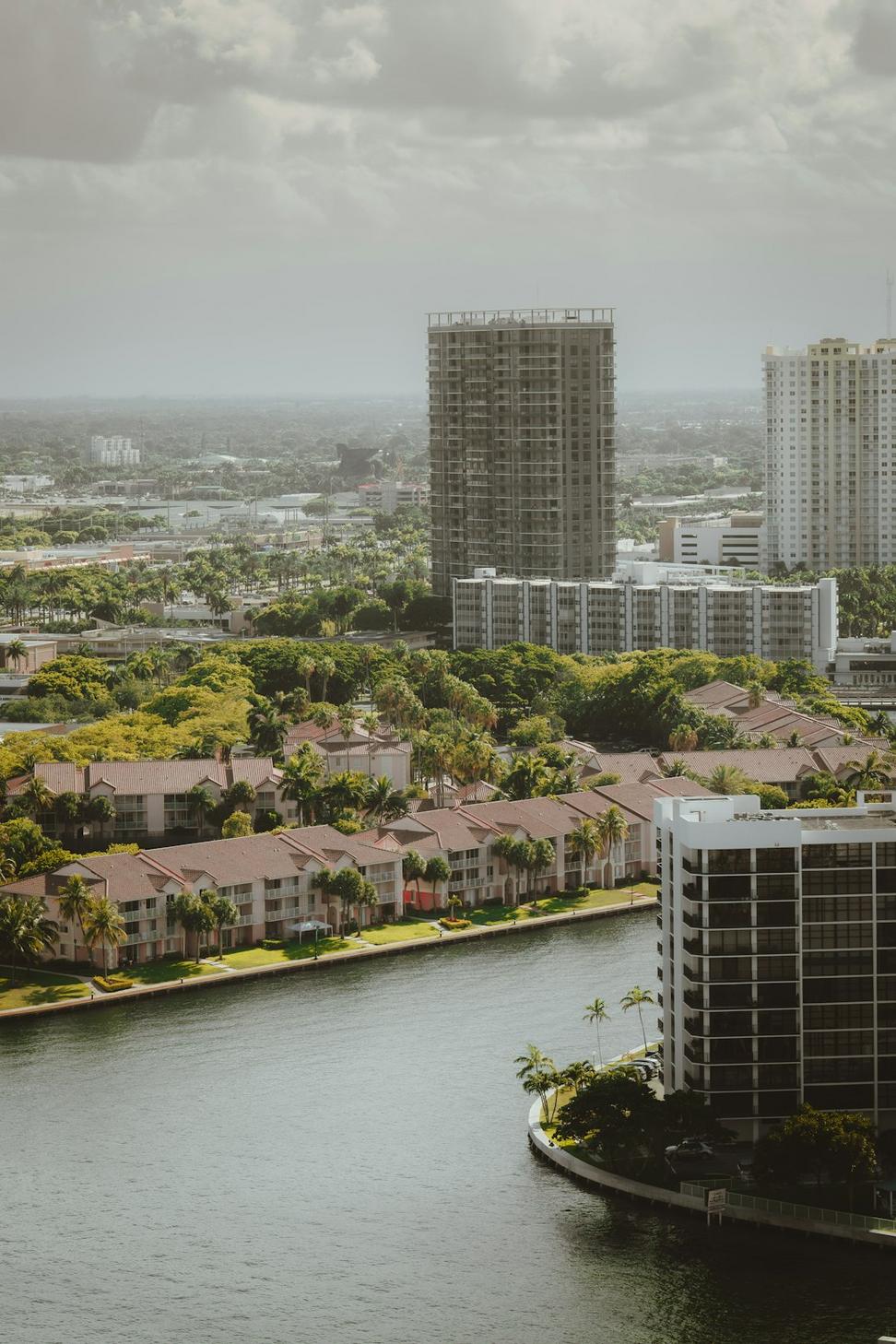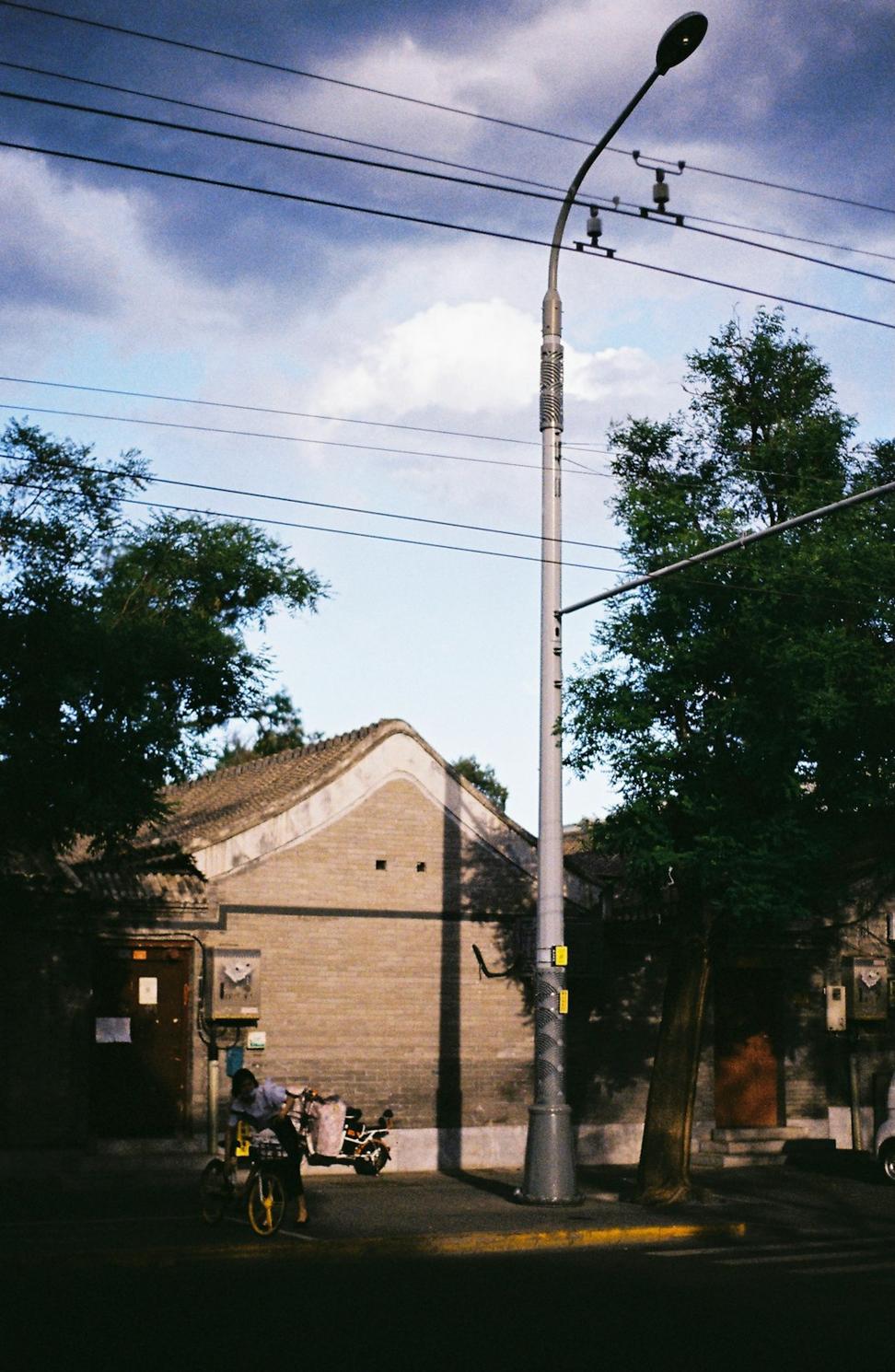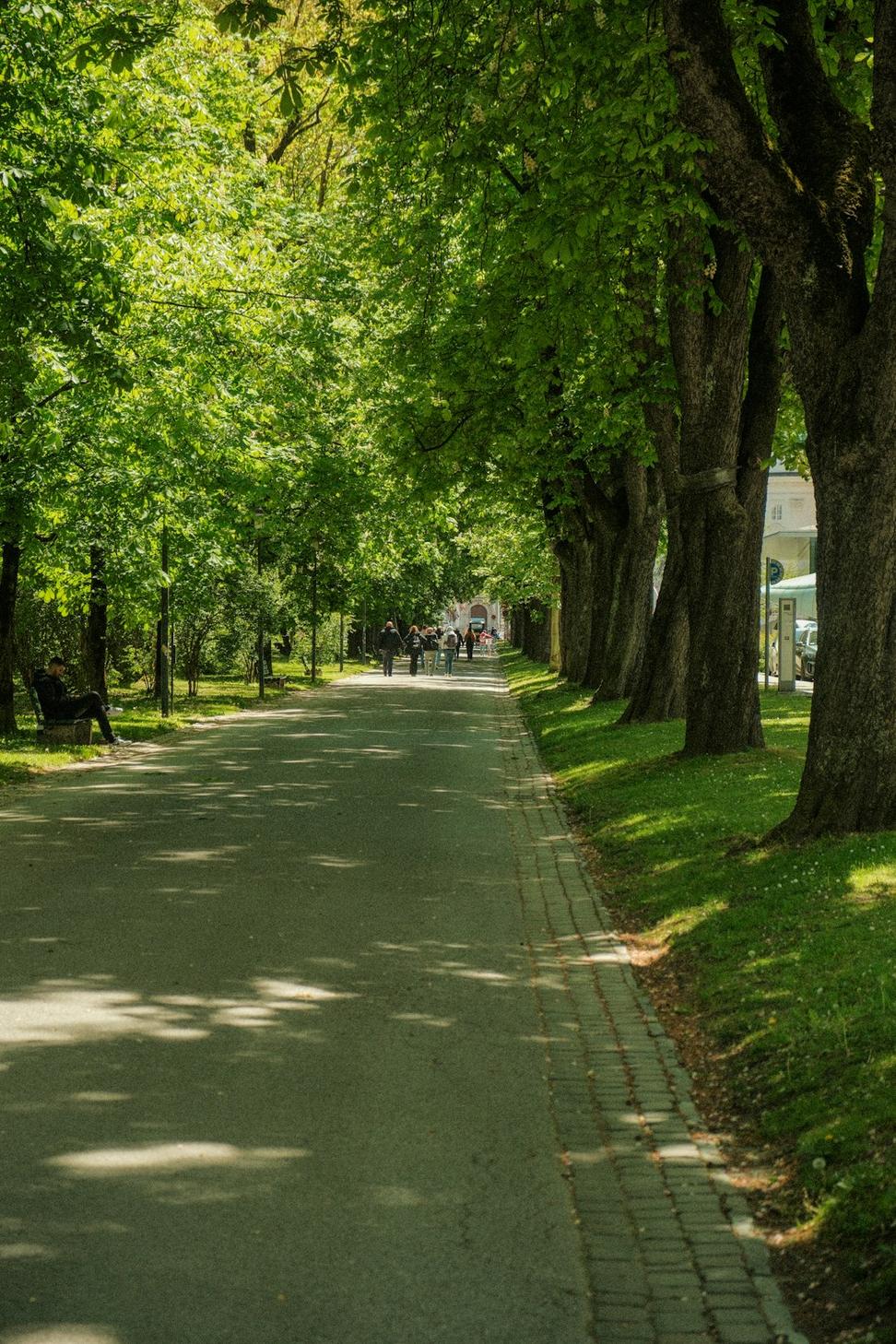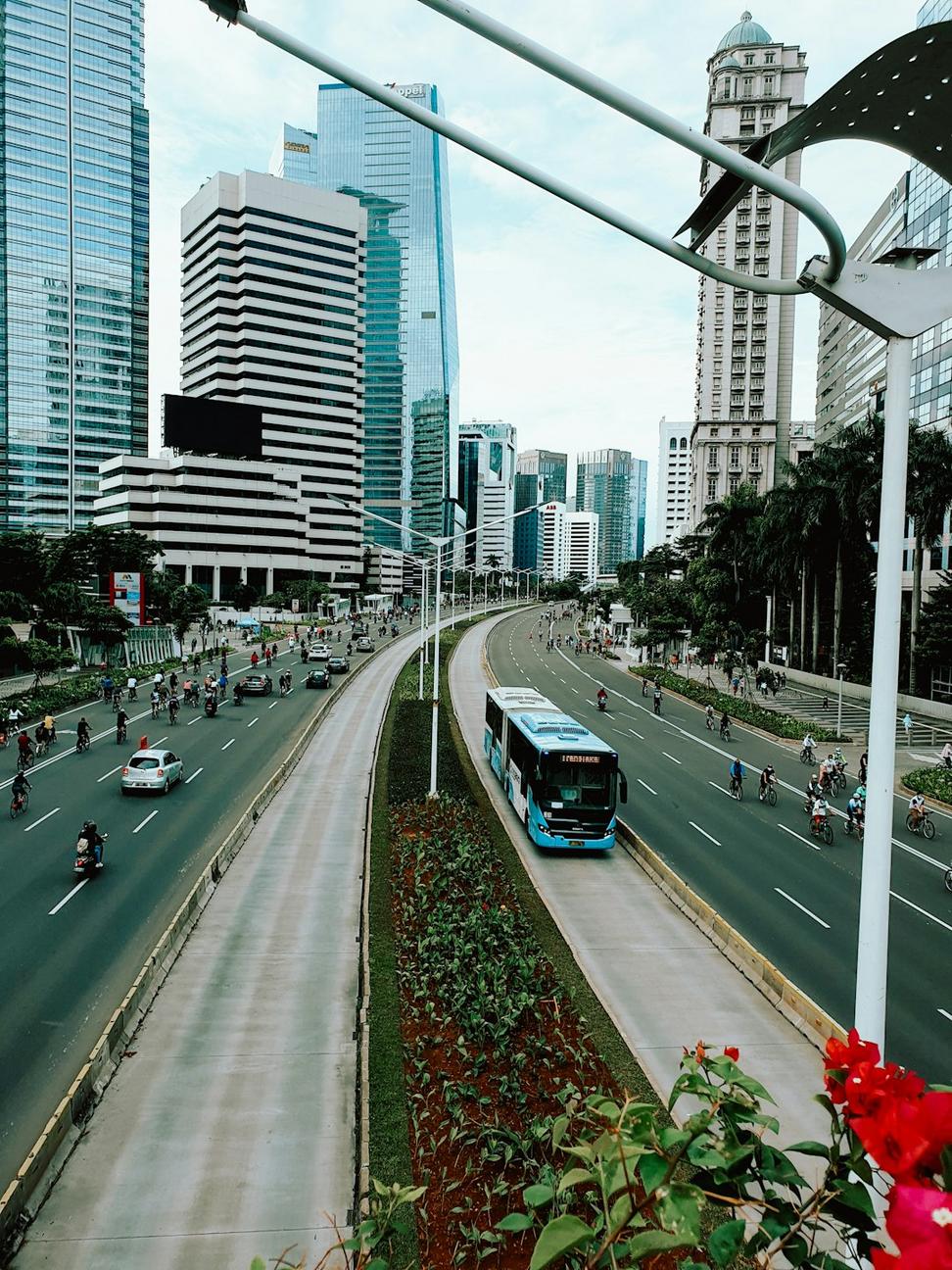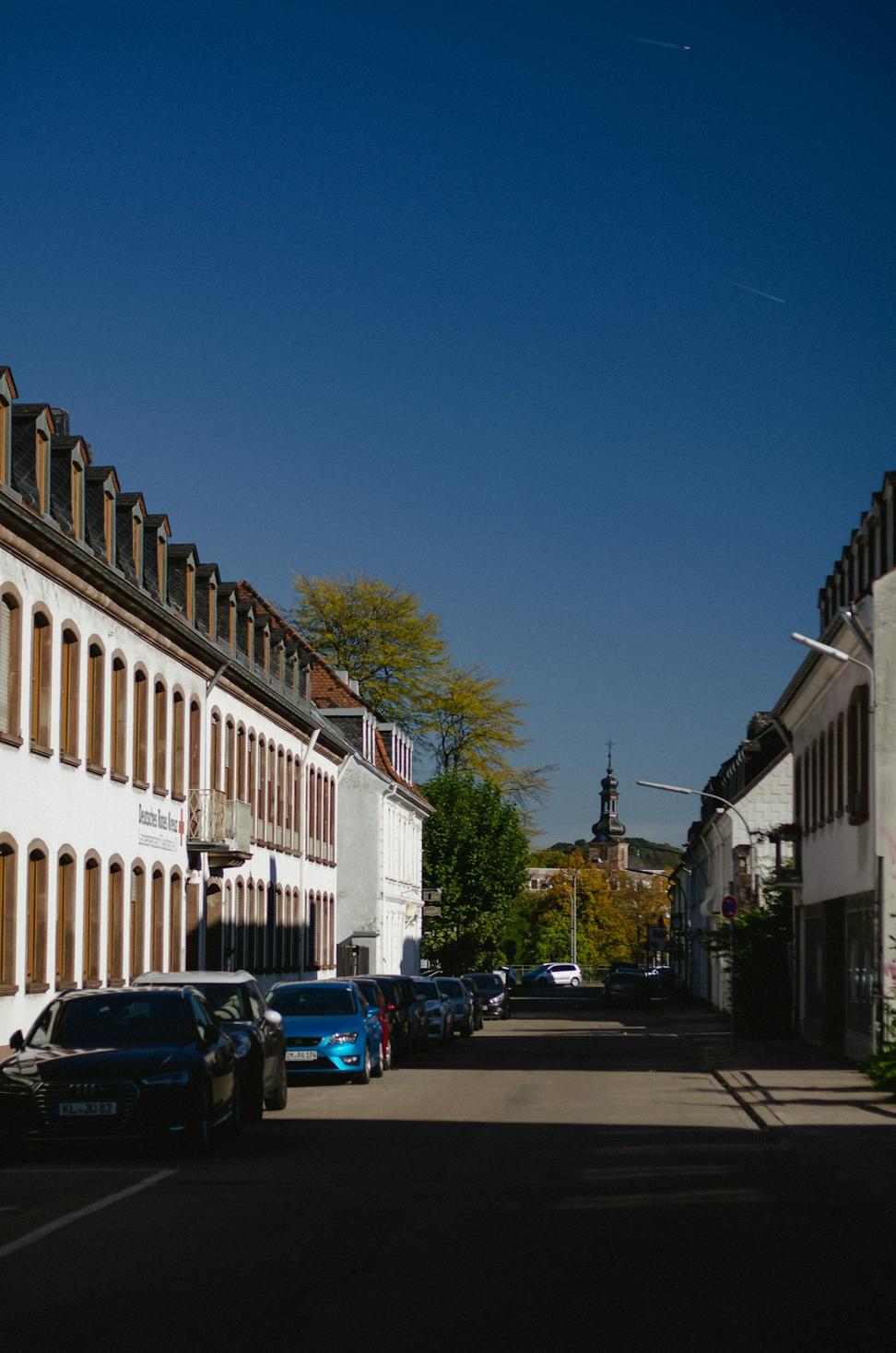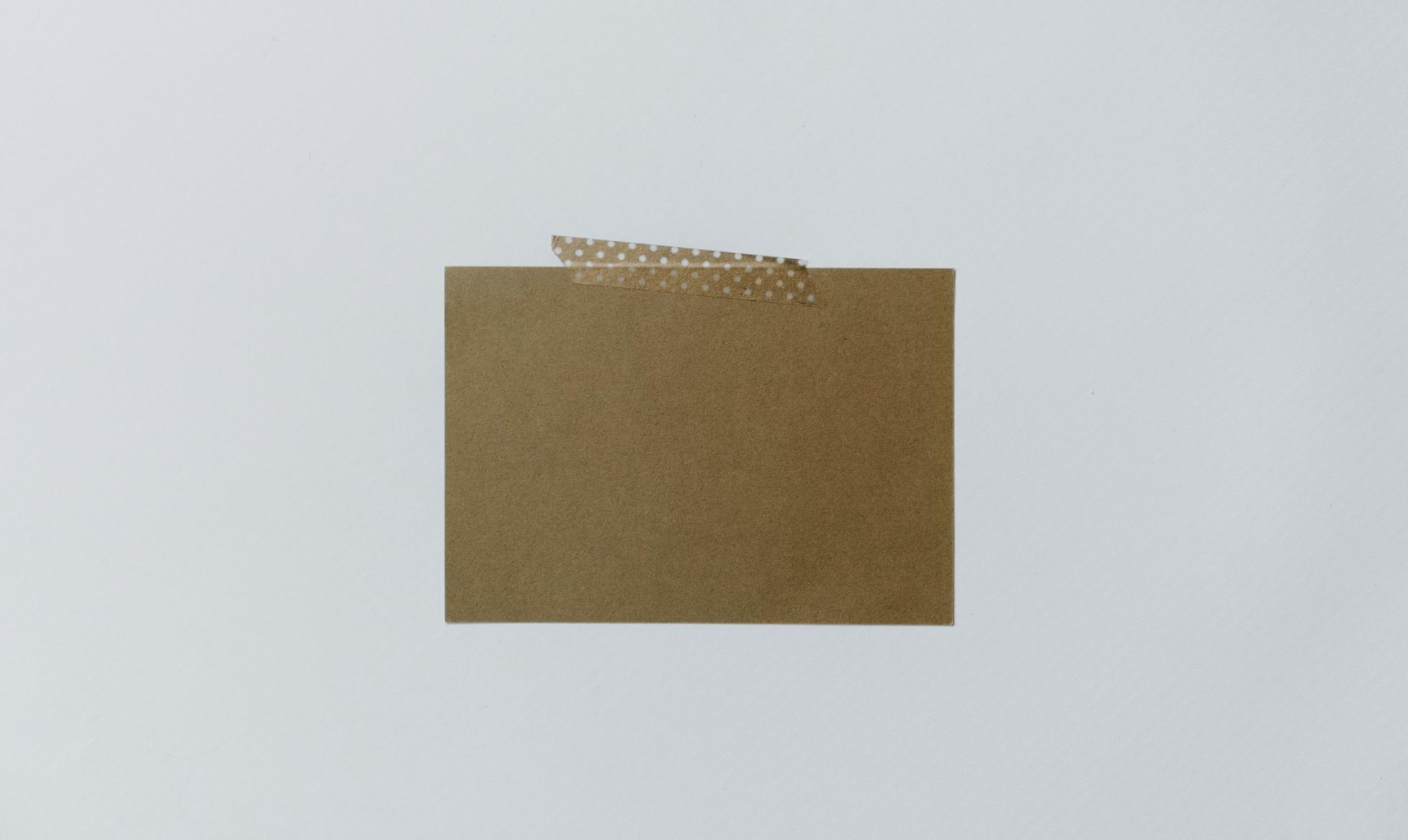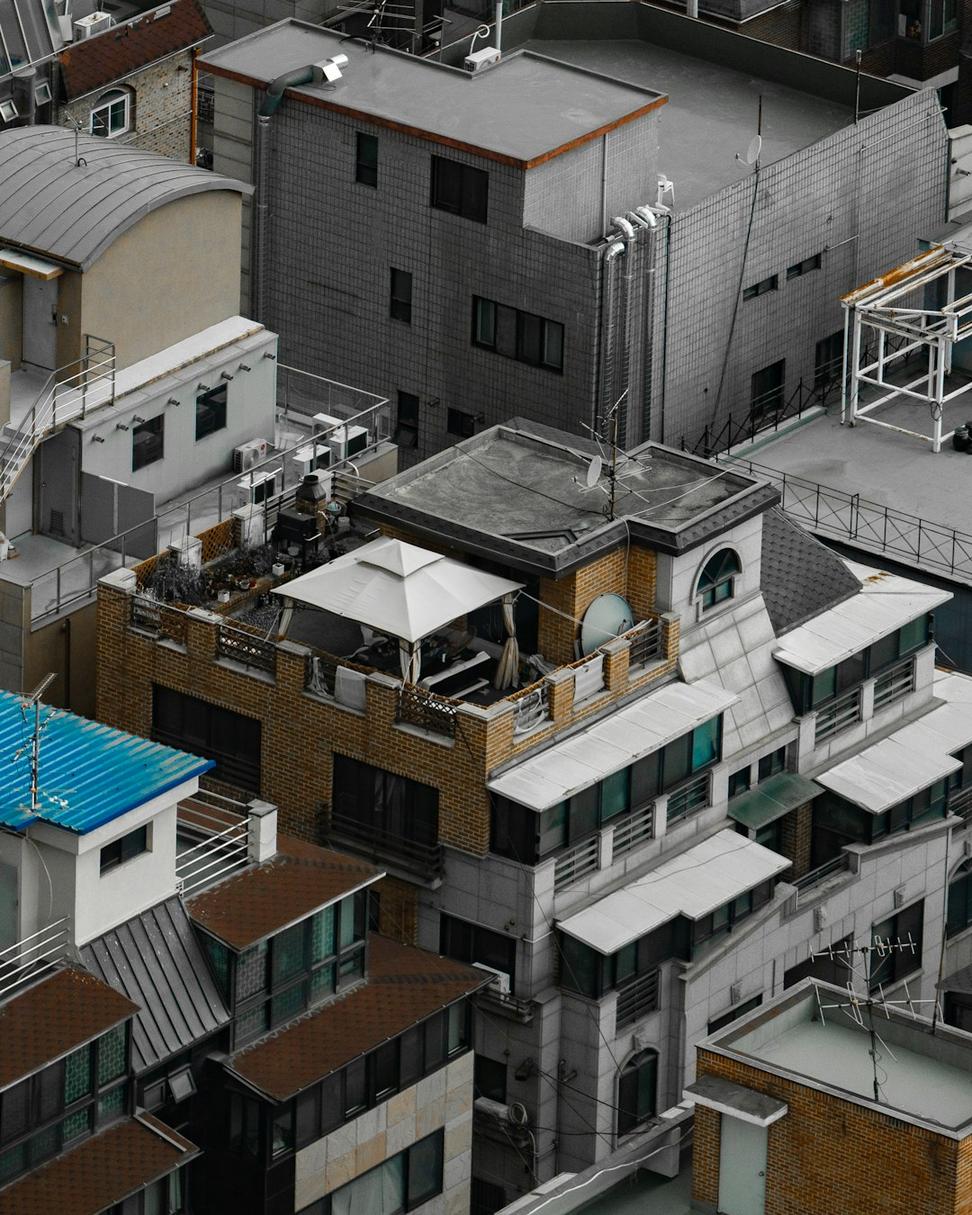
How We Actually Approach City Planning
Look, we've seen too many master plans that look gorgeous on paper but fall flat in real life. That's why we spend most of our time just... listening. Walking neighborhoods. Talking to folks at coffee shops and community centers.
Every city's got its own rhythm, y'know? Some areas need gentle densification, others are crying out for mixed-use spaces. We don't believe in one-size-fits-all solutions because frankly, they've never worked.
Our process starts with understanding what's already there — the good, the bad, and the stuff that makes locals roll their eyes. Then we figure out how to build on the strengths while fixing what's broken.
